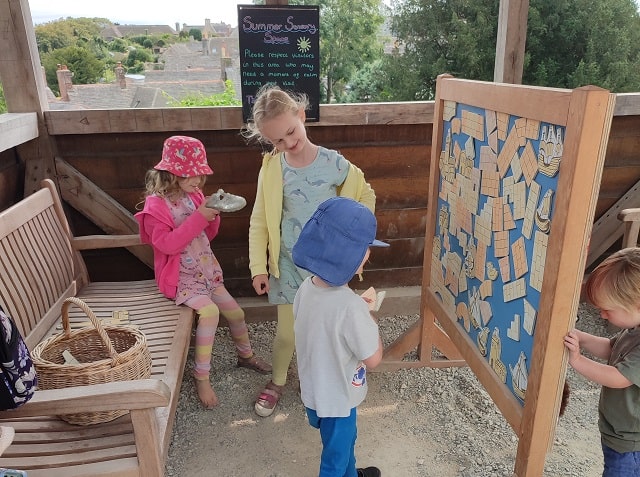
Claire Campbell is a Thanet mum-of-three and until recently was an SEN teacher working in a specialist school in Broadstairs where all children are autistic with complex learning needs.
She is also PA for Beau, taking him out at weekends or in school holidays to support his mum getting respite and the youngster accessing activities.
Her monthly column aims to raise awareness and cultivate change:
September is a time for newness for many and it certainly has been for me. Although I am still working with Beau, at the end of August I left the SEN school where I had been working and I have started some new ventures.
I am currently building up some work which I will hopefully be able to share more about next month. I am really enjoying being more involved in my children’s school communities and in our local community. Being able to have conversations with other parents, offer lifts or small acts of kindness to people who are slowly becoming less like strangers gives me a good hit of dopamine.
I can feel our family slowly growing its circle as we start to form more relationships in this way, and I also feel the positive impact this has on my own well-being. This leads me to reflect upon how this is not so easily obtainable for parents with children with SEND.
Many SEND children will get transport into school in order to support them to access a setting that meets their needs. This can further distance families from having incidental contact and conversations with other parents. And of course I have spoken widely about the general barriers that exist in preventing families with children with SEND from accessing their local communities.
Hopefully things are beginning to move in the right direction however as I have recently seen some pleasing examples of attempts to make public spaces more accessible. On a family holiday at the very end of August we saw two examples of places making big efforts to make their spaces far more inclusive.
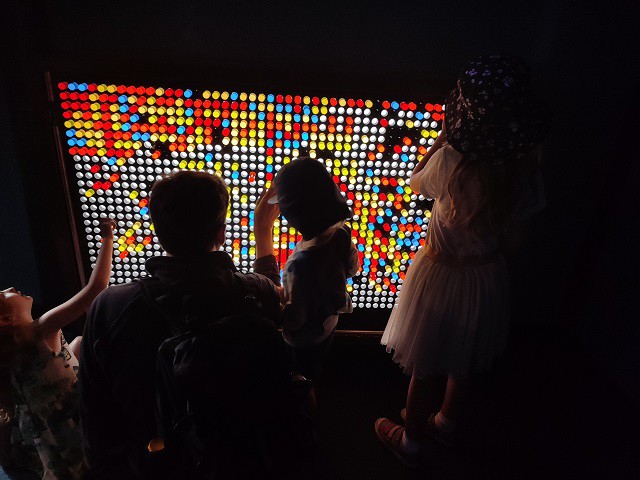
The first example is of a large play area at the Science Discovery Centre in Bracknell. We used this as a mid-point stop off to break up the drive to our holiday destination. The outdoor space had large play areas that included a large accessible play park with signage (as shown in the photos) encouraging users to consider inclusion when using the play equipment.
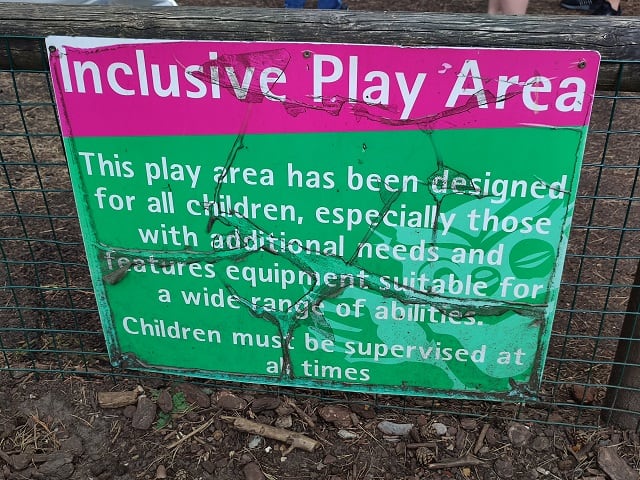
The science centre itself had lots of practical activities that would be engaging for very sensory learners and there was also a wonderful light and colour room that was a calm, dark space with a variety of engaging activities offering a similar experience to a school sensory room.
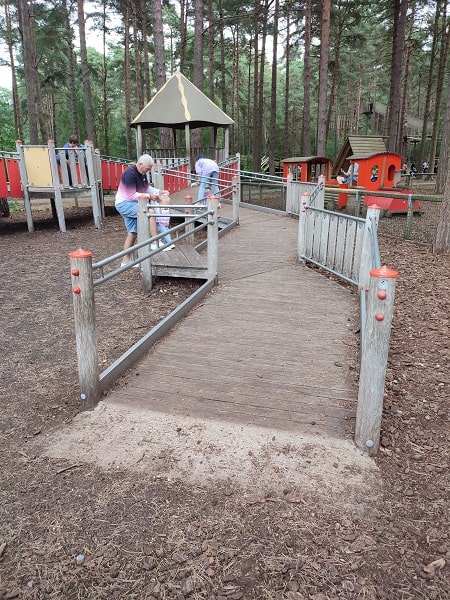
Play parks are slowly making that progress with accessibility. As play is a fundamental right for all children to access, it is so important that this continues to develop. This large play park in Bracknell, however, is the first example I have seen of a play park where accessibility has been considered for every item of play equipment and that specific signage is drawing attention to the importance of this for specific users.
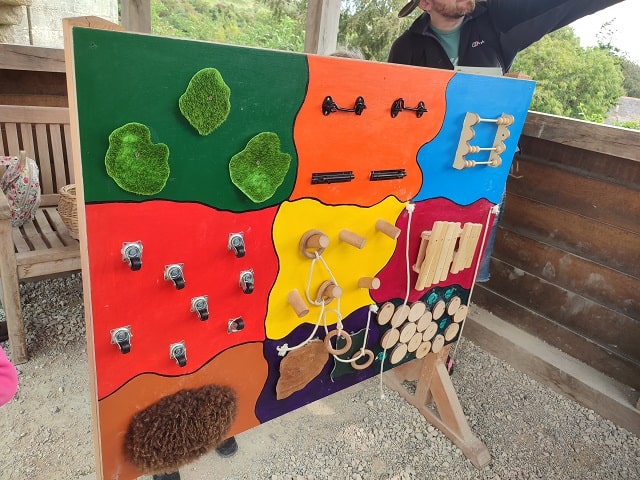
When on holiday we visited a castle and found a big sensory wall and quiet play space for those that needed it. These are both wonderful things to see when out and about and really show that more spaces are considering how to make their offer more inclusive.
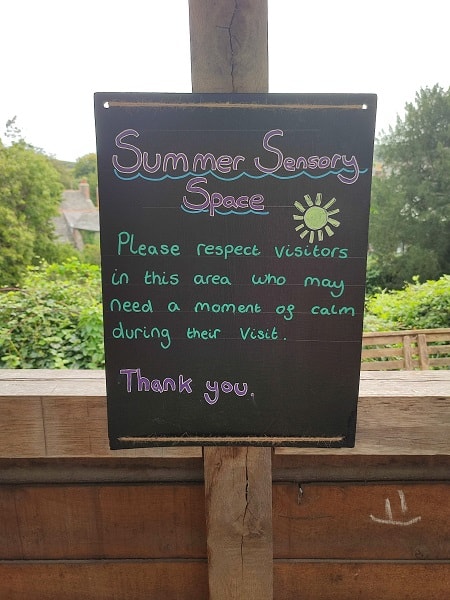
I have seen other recent examples of such inclusion moving in the right direction. The large Tesco store on the Westwood retail park was one of several across the country trialling ‘borrow bags’. These are bags that can be requested at the Customer Service Desk to support children and adults who may struggle with the sensory overload of a supermarket. Inside these bags are ear defenders, fidget toys and emotion cards. I have also read that similar ideas are being used at some National Trust sites and that the National Trust launched SEND backpacks at Brownsea Island in Poole Harbour this summer, providing a range of sensory based activities to support SEND children to explore this area.
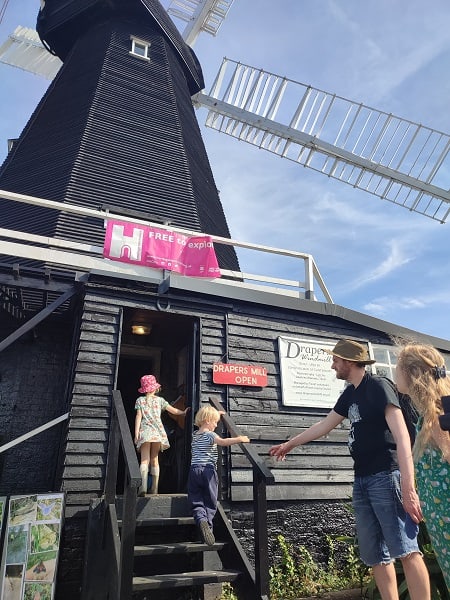
A little closer to home, we took advantage of the heritage open days earlier in the month and visited Drapers Windmill. One of my children loves windmills and as it was her birthday, it was the perfect day out. We took a picnic, birthday treats and set off on the walk from St Peter’s. We invited a friend from school who is autistic and he came along with his mummy. The staff were very friendly, patient and completely unbothered by the children bringing the kind of chaos that children often bring.
One of my children discovered a bell and wanted to ring it continuously while the volunteer attempted to show us some of the inner workings of the mill. Our natural parenting instinct to get them to stop and be mortified that we were causing difficulties was obvious, but the volunteer simply told us to let them ring the bell as trying to stop them would probably just make them want to do it more. Which is of course undeniably true and just an excellent example of how we often can’t allow our children to be themselves but become focused on their compliance instead.
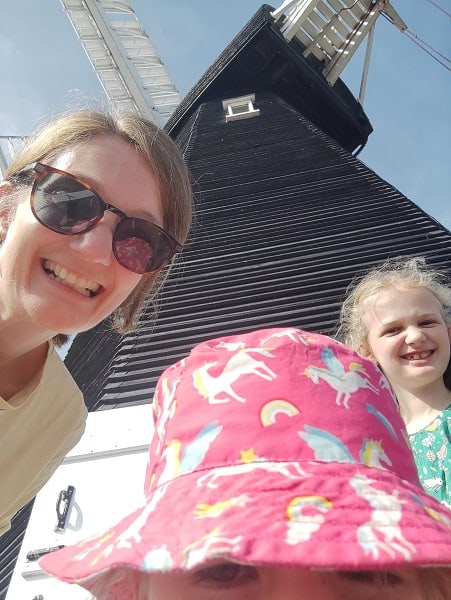
The staff were happy for the children to be children and to explore. We were even joined by a volunteer when we were picnicking on the green behind the windmill very shortly after a very loud meltdown from one of our hungry and tired children. The volunteer was clearly unphased by another rather loud example of children being children and happily came to tell us that we were picnicking on what was once a Roman fort.
This experience makes me reflect on a really important point: adaptations made to support inclusion of SEND children are good for all children. These adaptations are not made for SEND children at the cost of other children, they are not even made solely for SEND children with no impact on other children, but these adaptations will impact positively on all children.
Keep this in your mind the next time you are visiting a public space such as a play park and you are made to feel like your child is ruining things for other children. It is not true. Your child is teaching us all and they are helping to move inclusion forward in a way that benefits all of our children.

